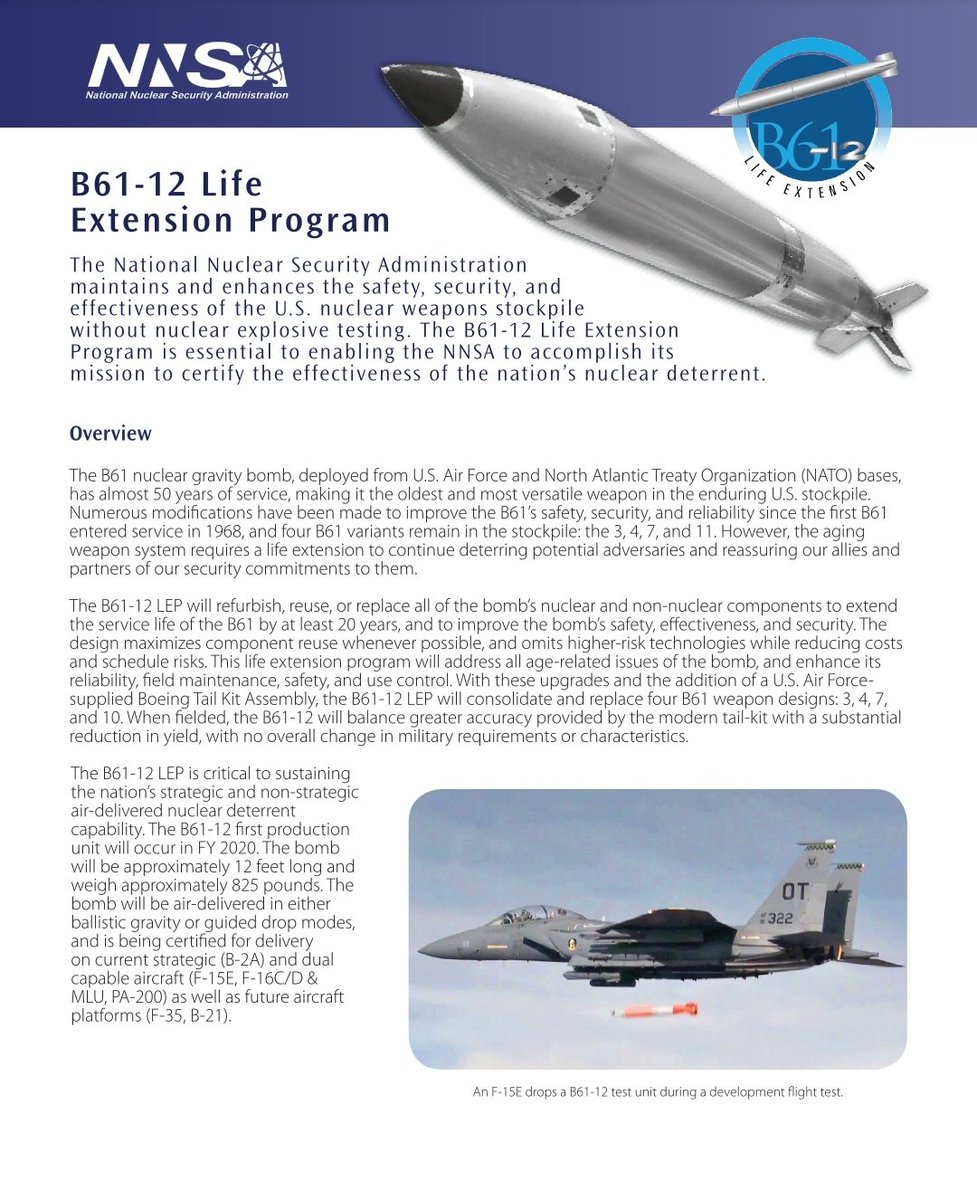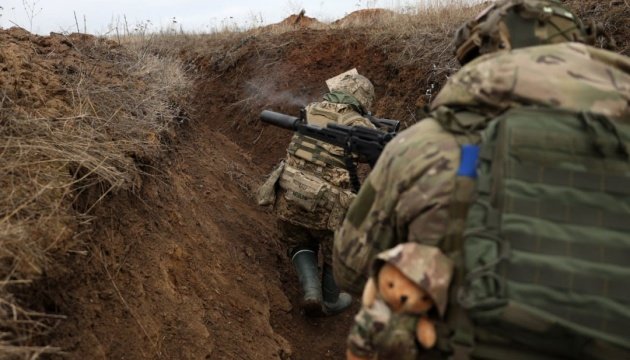October 17, 2022, #NATO started a 2 week long exercise in Europe to train aircrews in using U.S. non-strategic #NuclearBombs. The exercise, known as "#SteadfastNoon" is centered at Kleine Brogel AFB in Belgium, one of 6 airbases in #Europe that store U.S. nuclear bombs.
1/
1/

SN exercises are held once every year, but this year is unique because the exercise will take place during the largest conventional war in Europe since WWII with considerable tension and uncertainty resulting from 🇷🇺’s war in 🇺🇦.
2/
2/

Moreover, SN is expected to more or less coincide with a large Russian strategic nuclear exercise.
3/
3/

According to NATO, in SN participating 14 countries (less than half of the 30 NATO allies) and up to 60 aircraft. That involves 4th gen F-16s and F-15Es as well as 5th gen F-35A and F-22 fighter jets. A number of tankers and surveillance aircraft also taking part.
4/
4/

“My guess is it is aimed more towards NATO than Russia,” said Tom Collina, director of policy at the Ploughshares Fund, a disarmament group. “There are [older] B61s already there. The Russians know that. They work just fine.
5/
5/

The new ones will be newer, but it’s not really that much of a difference. But it may be a way to assure the allies when they are feeling particularly threatened by Russia.”
6/
6/

The accelerated time frame of upcoming shipment to Europe of upgraded B61-12 nuclear bombs confirmed by the people familiar with the issue.
7/
7/

The B61 is a family of nuclear bombs first developed in the early 1960s and initially demonstrated in underground nuclear tests in Nevada. A dozen versions have been developed over the decades.
8/
8/

The $10 billion B61-12 Life Extension Program is managed by the Department of Energy and is meant to replace several earlier versions, including about 100 bombs stored at air bases in Germany, Italy, Belgium, the Netherlands and Turkey.
9/

9/


• • •
Missing some Tweet in this thread? You can try to
force a refresh















